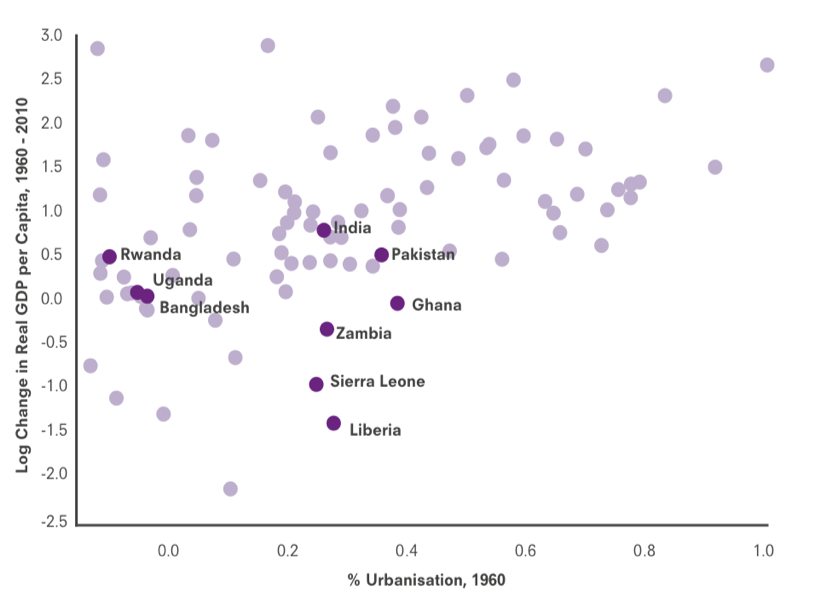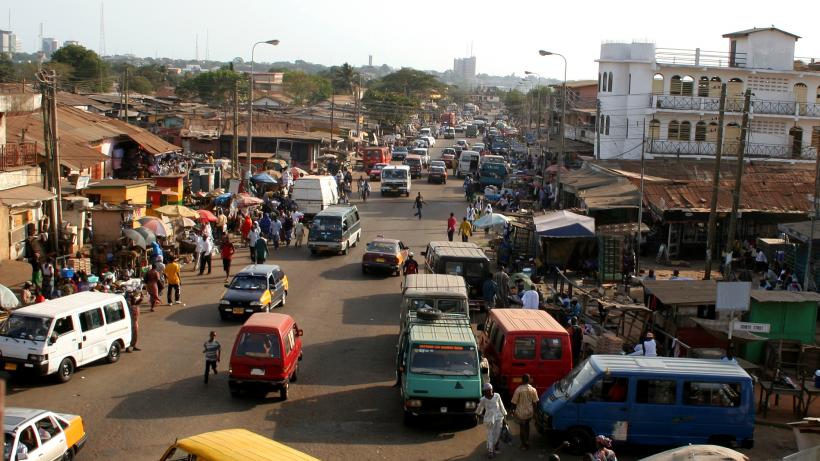At their core, cities are absences of space between people. You can call it density, closeness, or proximity; it is the opposite of distance. The on-going COVID-19 pandemic has brought this core feature of cities under question. But this criticism paints with a broad brush: what matters are the type of density and the way it is managed.
The type of density
Density alone does not explain the spread of COVID-19. Across the United States, there are substantial differences in deaths between rich dense areas and poor dense areas. However, in New York City (NYC), it is not the higher density Manhattan feeling the burden, rather the less dense outer boroughs like the Bronx, Queens, and Staten Island. Research by New York University’s Marron Institute shows that cities like NYC have higher infection rates because the onset of infection occurred earlier there. They are America’s vanguard against the pandemic, not the epicentre. In Chicago, low-density neighbourhoods have seen higher COVID-19 infection rates. Evidence from Chinese cities also shows that the highest infection rates were in cities with relatively lower population density.
To understand what causes these differences, the type of density is important. It is increasingly clear that what drives the spread of COVID-19 is extended contact between people, especially when indoors. Cities where people are exposed to higher intensity of contact with others, such as in over-crowded informal settlements, might be more prone to spread infection. Take NYC and Mumbai: they both have a similar population density, but the former benefits from four times the building floor area so people have more space. In Karachi, typically six to eight people live per apartment in informal settlements, often with a shared toilet. When someone blames density, it is worth asking, which type of density they are talking about.
Forgetting the upsides of density will have consequences
It is important to recognise that reducing density would reduce economic output and livelihood potential. Through research spanning over decades, economists have shown that cities drive productivity. By bringing people together, cities allow residents to better match with jobs, resulting in higher wages. This feeds into a strong correlation between urbanisation and income, as the figure below shows.
Figure: Urbanisation and income

Cities are also better for the environment. Compact space means more effective public transport with less private vehicle carbon emissions and less encroachment on surrounding rural areas. Poorly managed density translates to urban sprawl, forcing people to travel longer distances to work and undermining the core features which makes cities productive. Urban sprawl into wilder peri-urban land may be particularly susceptible to future animal to human transfer of viruses, which is why outbreaks like COVID-19 start and spread from the edges of cities.
Will the pandemic impact our cities?
How much the pandemic will impact our cities is uncertain. While some Mayors are developing plans to de-densify, other citizens, who can afford to, might increasingly move to the urban peripheries. But this was happening before the pandemic too: urban growth is largely driven through sprawl almost everywhere, rather than densification.
It is estimated that three-quarters of the to be added population of cities will be accommodated through this expansion, as opposed to higher density. This might be more so in cities where there are a larger number of white-collar jobs. Three out of four jobs in U.S. metropolitan areas are already outside downtown and suburban employment centres.
However, informal highly interactive jobs, three out of four jobs in most African cities, may not benefit from the same privileges. In India, people and firms are already deconcentrating out of city centres. The on-going pandemic might increase this trend. This could undermine the core productivity of cities in years to come, if not accompanied with investments in connectivity for orderly urban expansion.
Policy recommendations: Managing urban density more effectively
- Changes in the urban form and infrastructure
The 1854 cholera outbreak in London led to the building of water and sewerage networks in cities, a substantial change in the city’s physical form. For many cities across the world today, the COVID-19 pandemic merits similar investments.
Cities need housing that limits occupancy levels and encourages higher airflow. However, without effective enforcement, such policies are easily ignored. They are also costly. Changing land use regulations might be easier and can significantly reduce land costs, which account for up to 80% of housing costs in developing cities. This can be beneficial for both steering construction and greening emerging country cities against climatic change. However, reactionary detrimental changes to urban form might reduce face-to-face contact and its associated benefits. With the COVID-19 vaccine expected within a year, such loss of proximity might be a lot more expensive in the long-run.
Some cities are making such changes already. China has just allowed eight rich municipalities greater flexibility in converting farmland into other uses, such as housing or factories. This will likely help in relieving the land supply constraints that cities face. However, investment must match later needs, with infrastructure for future service delivery able to signal urban expansion. In particular, for cities in Africa, where much of the population increase is yet to come, this is a critical socioeconomic opportunity. In some cases, this signal might simply be demarcating an arterial road grid on the urban periphery. This means when urban growth occurs, the density is manageable as space of infrastructure is already in place.
- Changes in the urban institutions and management
Density does not exist in a governance vacuum. Cities with better provision of public services such as water, sanitation, and healthcare can prevent infection translating into deaths. In Kinshasa, areas of informal settlements with poor access to individual water and sanitation connections are driving the at-risk infection areas, rather than population density in itself. Singapore, the second densest city in the world and lauded for its gold standard approach to track and trace, initially escaped the difficulty density brought. That was until lack of services provided to informal workers saw localised outbreaks.
Broadly cities must be given control, so that those who best understand the local context are authorised to make decisions. Take the building regulations discussed earlier: in many cities building regulations are one example where this is not the case. Instead they are often controlled at the national government level. For example, the design standards and building codes of Nigerian cities are prescribed at the national level, as are the density regulations in India. Freetown suffers a similar fate with building permits and land-use planning still not devolved despite the 2004 Local Government Act legislating to do so.
If policymakers can respond to this pandemic with positive built environment changes, the demons of density can be contained. Cities will maintain their status as productive and sustainable hubs. Such changes, in the words of Jane Jacobs have and will ‘turn[ed] cities from helpless and devastated victims of disease...to great disease conquerors.’
This blog is part of a series curated by the Cities that Work initiative exploring topics on cities and the ongoing COVID-19 pandemic. Read more.
Disclaimer: The views expressed in this post are those of the authors based on their experience and on prior research and do not necessarily reflect the views of the IGC.


